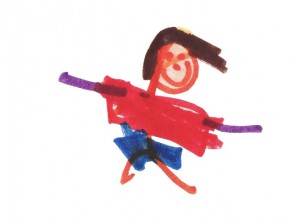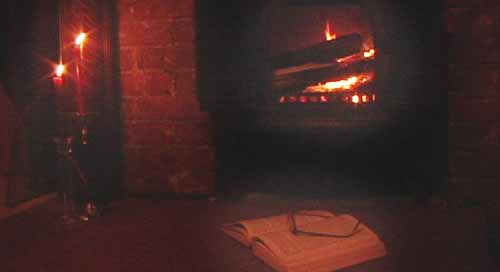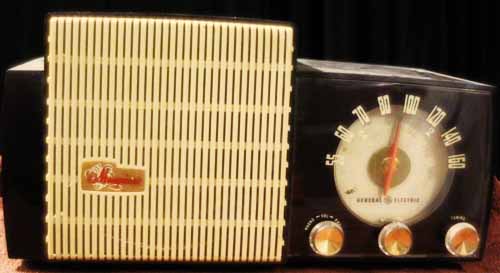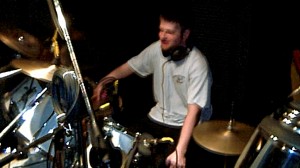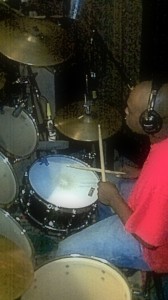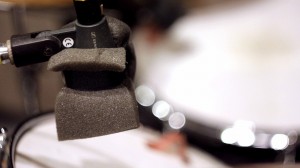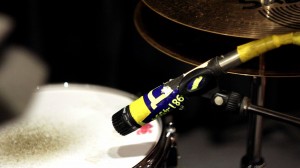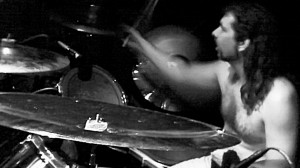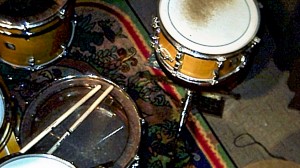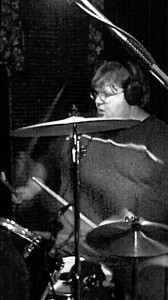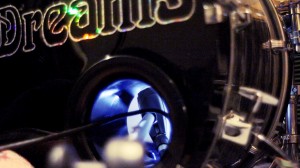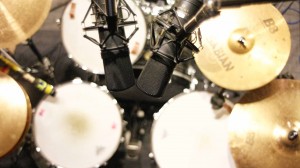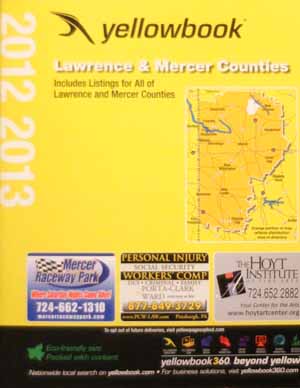 So many changes in just a few years! I have to shake my head in wonder at some of this. I know businesses that were paying over $1000 a month for yellow page ads. Now let’s be clear, people traditionally USED yellow page ads and this expenditure was probably justified. Ironically, some of the last consistent advertisers were pizza shops… many people still used the phone book to order pizza… now we can basically text and pay for orders from our phone. So, how does a company reach people that no longer use phone books? Is there a way to spend money on marketing that has a chance on reaching an audience? What does $12k buy you these days?
So many changes in just a few years! I have to shake my head in wonder at some of this. I know businesses that were paying over $1000 a month for yellow page ads. Now let’s be clear, people traditionally USED yellow page ads and this expenditure was probably justified. Ironically, some of the last consistent advertisers were pizza shops… many people still used the phone book to order pizza… now we can basically text and pay for orders from our phone. So, how does a company reach people that no longer use phone books? Is there a way to spend money on marketing that has a chance on reaching an audience? What does $12k buy you these days?
As I stated in my article, Digital Dog Years, the world is split into two categories; things you can do on your handheld device and then… everything else. Are there things that your firm can put online that could provide consistent information to your potential clients/partners? After all, normal business hours don’t apply if we’re all connected to each other all the time. Website FAQ’s, Articles, and YouTube videos can answer most of the same questions your staff normally answers during the day. We might even argue that it can be more effective. People are used to media telling them why they should buy from the advertiser. It doesn’t matter whether it’s on TV or YouTube. It takes pressure off your sales rep too.
And, by the way, $12k buys you alot of media production these days. I have clients who’ve committed to putting their entire product line in short Impact Media clips on YouTube. Not only will they save money this year, they won’t have to update the media for some time. AND instead of a marketing expense, these clips become company assets.
RIP!
